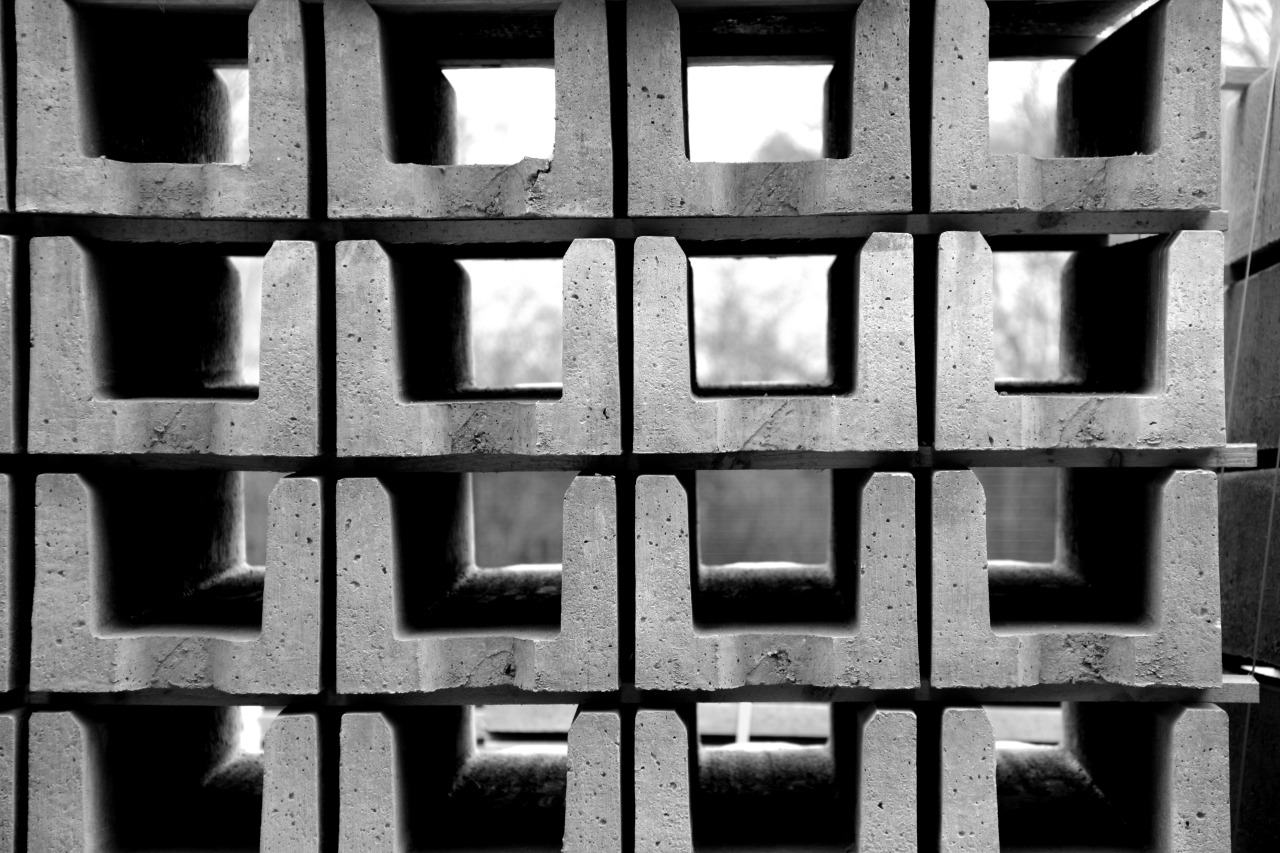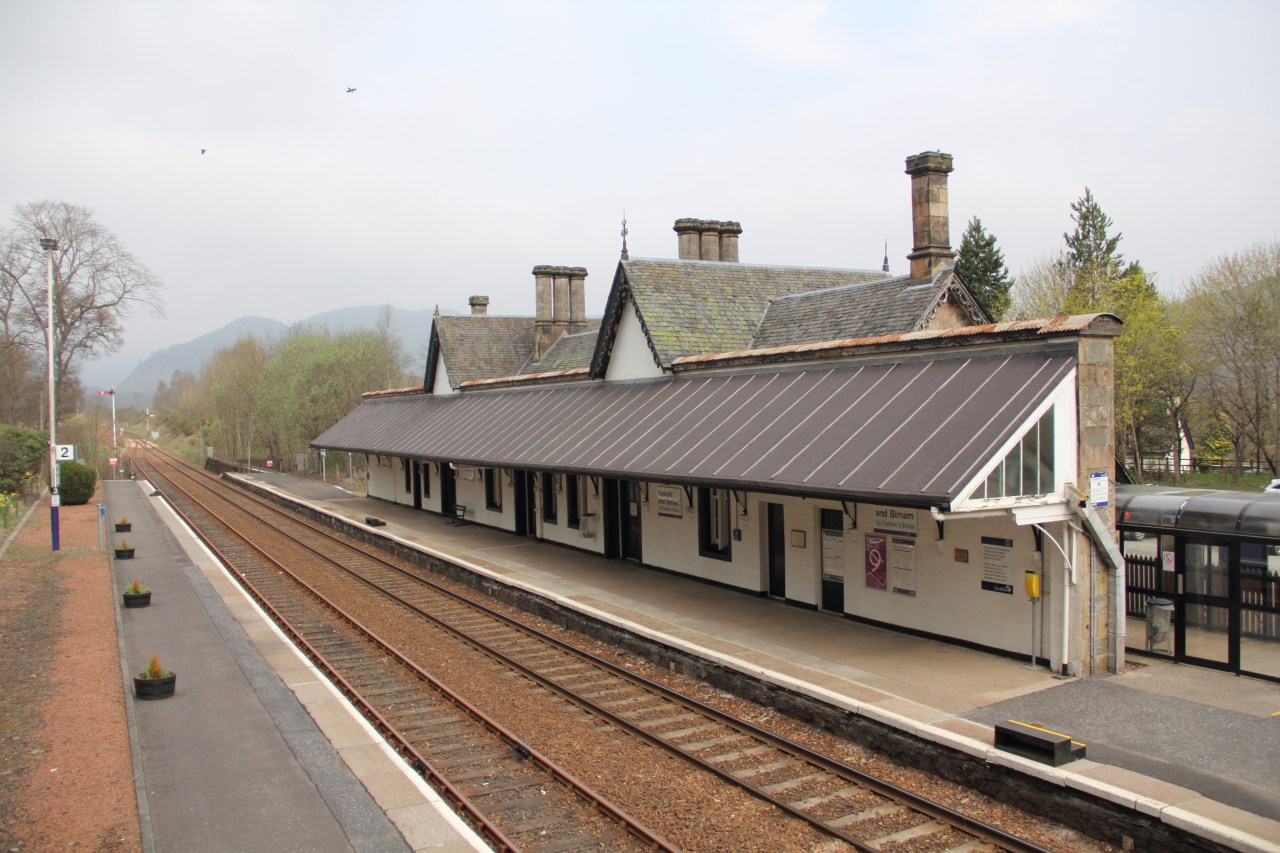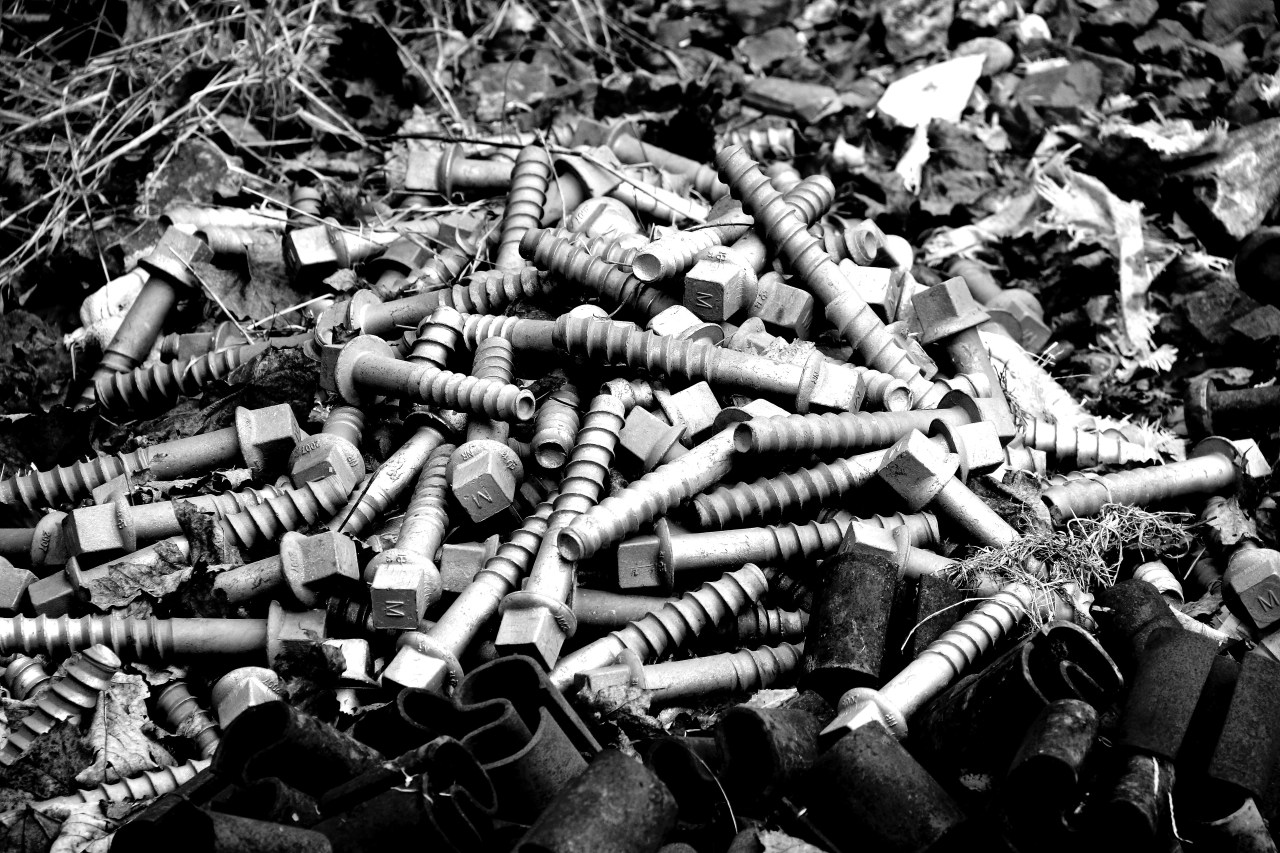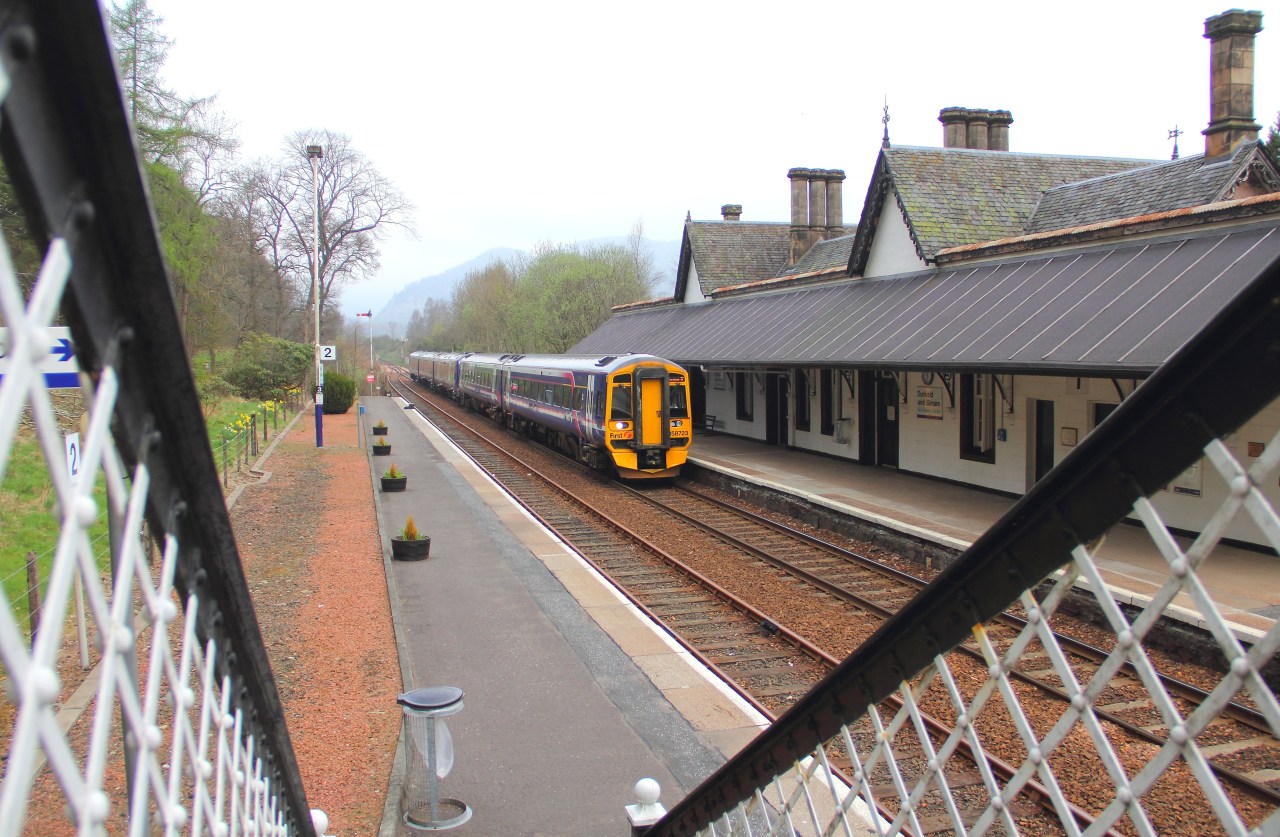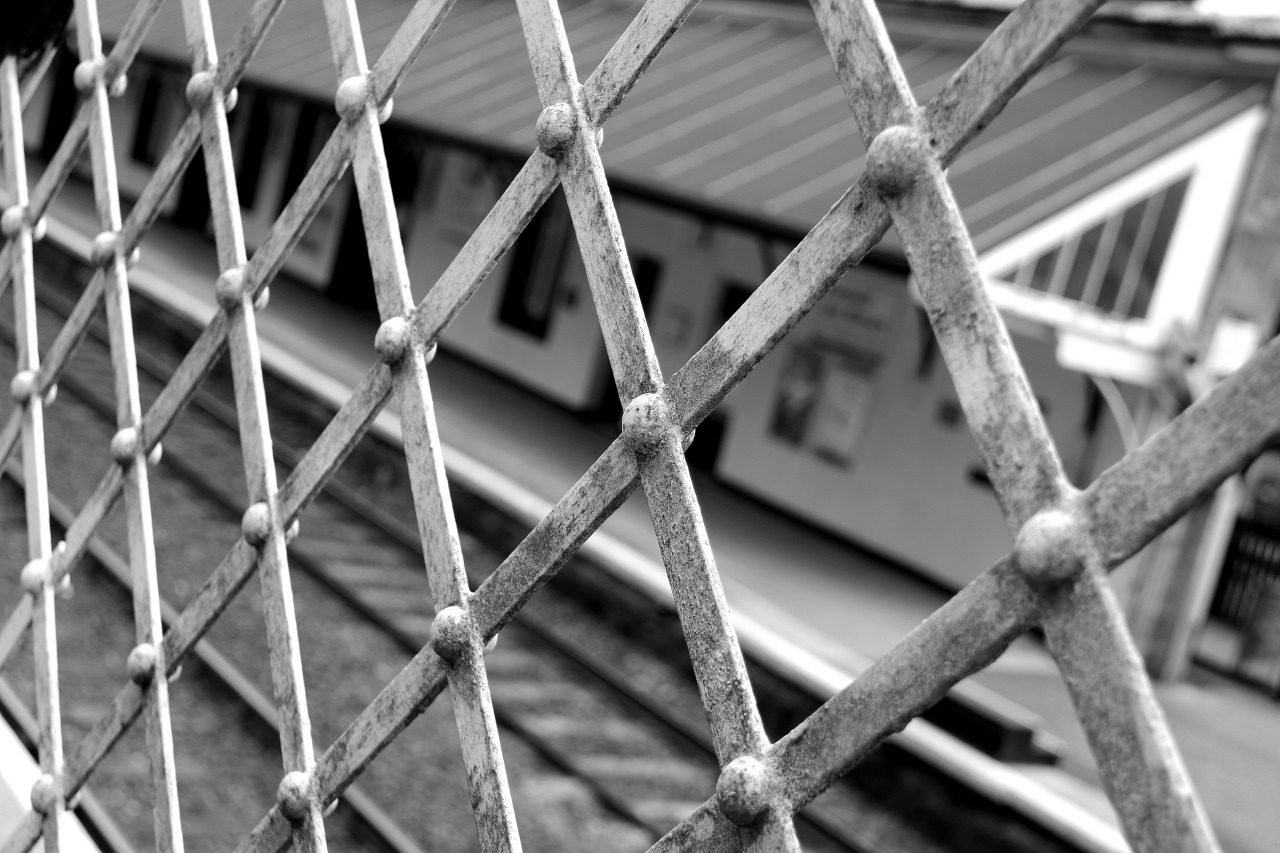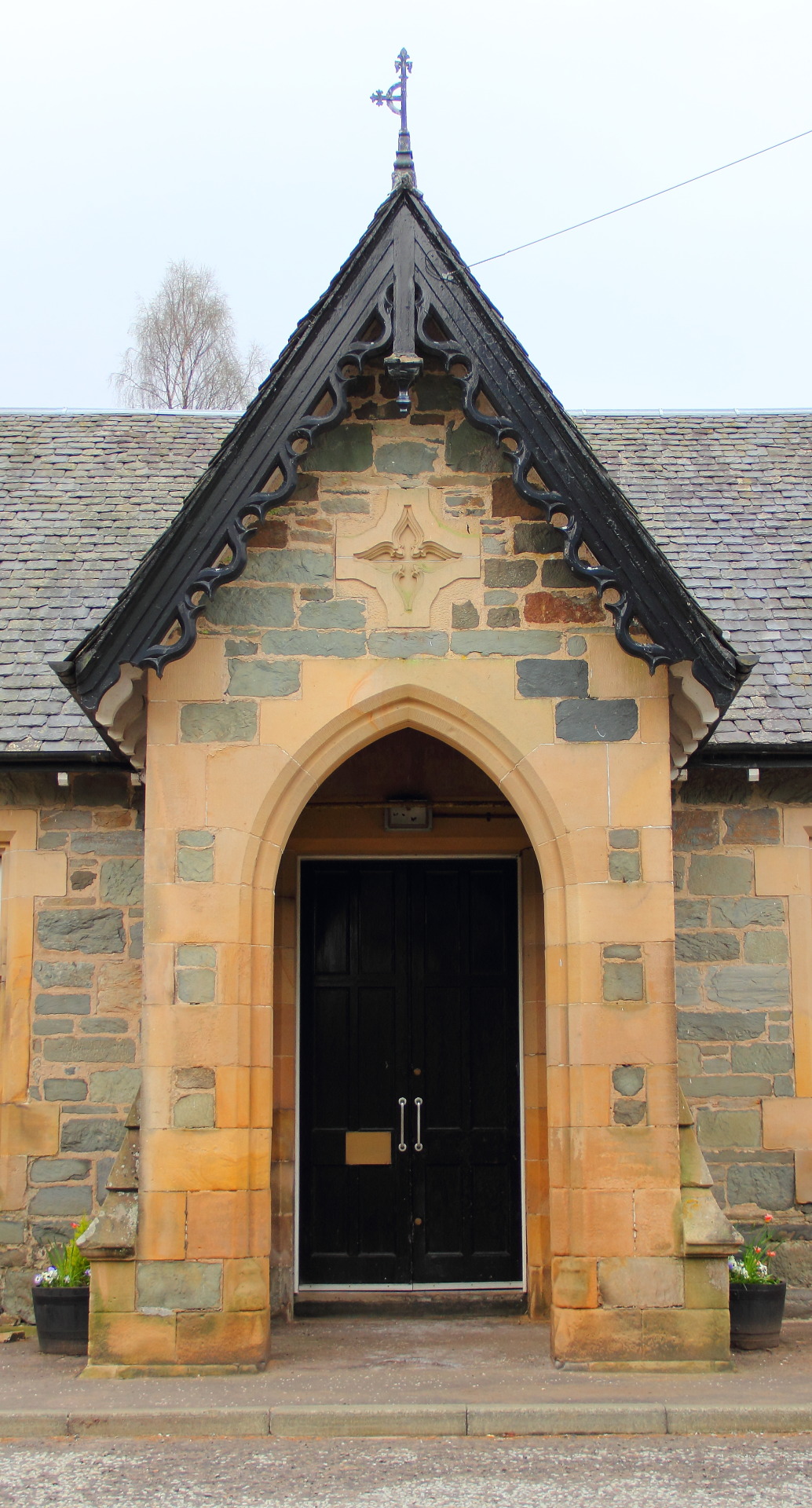Wednesday, May 29, 2013
Wednesday, May 08, 2013
Tuesday, May 07, 2013
Book Notes: The Railway Man by Eric Lomax
Eric Lomax' autobiography is a traumatic, disturbing and sobering story - with a very surprising twist in its tale. In 1930s Edinburgh the young Lomax was an avid train-spotter (which gives the first clue to the title), who loved exploring the lines around Scotland's capital and watching engines like Gresley's famed 'Pacifics' hauling their crack London-bound expresses past his home. Alongside his job in the civil service, and his attendance at an Edinburgh church, there was little remarkable about Lomax's life - until the outbreak of WWII.
Captured by the Japanese in the fall of Singapore, Lomax was amongst the many thousands of British soldiers who shared in the ignominy of Britain's greatest ever military defeat. His experiences at the hands of the Japanese form the central narrative of this book, because they dominated the remainder of his life. While forced to work on the Burma-Siam railway construction project (the second clue to the title), Lomax helped to build and conceal a tiny radio to hear BBC reports about the progress of the war. When this was discovered, the Japanese subjected Lomax (and others) to years of physical and psychological abuse which distorted and scarred him.
It seems that in the 1940s little was understood about the psychological effects of torture, and even less about how to treat them. Despite being in a mess, Lomax was discharged from the army declared fit. This disaster was worsened by the attitudes of other soldiers who thought that POWs had 'sat out the war' and should start working; and by the public who did not wish to hear about defeats in the Far East, but only to celebrate the victories in the European theatre. He was effectively silenced by 1940s/50s Britain - when he so desperately needed to talk. Left to his own devices then, Lomax tried to build a normal life, but was unable to communicate, make decisions, cope with authority, develop relationships, handle conflict or negotiate normal human interaction. This ended up costing him many friendships, his faith and his first marriage.
The 'twist in the tale' comes in various forms - in the last years of Lomax' long life. His second wife managed to find the help he needed through the charity "The Medical Foundation for the Care of Victims of Torture". This process culminated in a remarkable visit to Japan and a meeting with one of the guards who had played a significant role in his mistreatment, Mr Nagase. For decades Lomax had fantasised about killing Nagase, after he woke night after night re-living his torture in horrific nightmares. Tracking him down however lead to the discovery that his abuser had also been traumatised by the war, and had spent decades racked with guilt and remorse. In fact Mr Nagase had become a leading figure in the Japanese anti-militarism movement. Mr Nagase had fought against resurgent militarism and its associated denial of the realities of the abuses of POWs in the 1940s. Amazingly the two men not only formally exchanged repentance and forgiveness - but actually became friends.
This is an important story in many ways. It demonstrates the long-term effects on survivors of the evil of torture, and their families at a point in history in which there are many accusations that our country's allies use torture in interrogation. Water-boarding was not invented in Iraq or Guantanamo Bay - but is described in horrendous detail by Lomax as taking place in WWII. It also highlights the importance of investing in the healing of the psychological and mental effects of war as much as the more obvious physical ones. Finally though, the story is beautifully completed when decades of hate and loathing are ended with the beauty of forgiveness and reconciliation. It is unclear from the book whether and glimmers of Lomax' youthful Christian faith survived at all through his experiences. While he bitterly rails against the pettiness and stupidity of the church, he doesn't really say what he finally believed in - if anything. Nevertheless, the forgiveness he offered Mr Nagase is profoundly in line with the highest ideals of his lost faith.
The Railway Man is apparently being made into a major film this year, and Colin Firth is being cast as Eric Lomax.
Huntingtower Castle
Monday, May 06, 2013
Logs in Lochalsh
Sunday, May 05, 2013
Book Notes: Born in Perthshire by Paul Philippou & Rob Hands
This tiny little book is a series of short articles (many of which have previously appeared in the local press), giving thumbnail biographical sketches of notable characters from Perthshire who have influenced the world. As such it reads like a 'best of' obituary column for this area covering several hundred years.
Veterinary pioneers, American frontier soldiers, early environmental campaigners, photographers, weights and measures exponents, trades-unionists, stone-masons, architects and many more characters fill the pages of the book alongside pen and ink sketches of scenes related to their achievements.
Though only 65 pages long, this book is a little mine of fascinating stories, facts, and quirky historical details. It is thoroughly absorbing for anyone who lives in or knows Perth, and takes but an hour to read. A most enjoyable hour it is too.
The one oddity in the book is that they take up the old legend that Pontius Pilate (sometime Roman governor of Palestine) was born here during the Roman Empire's brief foray into Caledonia. However they mention him without any reference to his role in the New Testament of the Bible - without which no one would actually have heard of him or especially care where he was born. I may be wrong but this seemed like a petty swipe at the Bible (as if not allowing it to be cited as a historical source), when whether agree with it or not - the documents of the New Testament are vital historical sources from the first two centuries. Apart from this little complaint, it's a great little book.
The one oddity in the book is that they take up the old legend that Pontius Pilate (sometime Roman governor of Palestine) was born here during the Roman Empire's brief foray into Caledonia. However they mention him without any reference to his role in the New Testament of the Bible - without which no one would actually have heard of him or especially care where he was born. I may be wrong but this seemed like a petty swipe at the Bible (as if not allowing it to be cited as a historical source), when whether agree with it or not - the documents of the New Testament are vital historical sources from the first two centuries. Apart from this little complaint, it's a great little book.
It's Only A Movie: Reel Life Adventures of a Film Obsessive by Mark Kermode
It's Only A Movie is Mark Kermode's hilarious autobiographical reflections, which as he points out in the best traditions of cinema is "based upon real events"! The book isn't just about movie he has seen and loved or hated, but also about how his infatuation with the genre was born, grew and how he broke into the media world as a reviewer and then presenter.
Kermode is a massive fan of the kinds of movies which I most especially dislike, notably horror of the 'evil' or 'bloodbath' type, which I find neither entertaining nor acceptable. Nevertheless, his writing is tremendously witty, amusing, and loaded with beautiful observations, ironies and self-deprecating asides.
He writes, the sooner I face up to the fact that my entire adolescent world view was informed by the fairground thrills of exploitation cinema the better. In my formative years, everything I knew about politics I had learned from "Planet of the Apes". Everything I knew about pop music I'd learned from "Slade in Flame". Everything I knew about heartbreak I'd learned from "Jeremy". Everything I knew about religion I'd learned from "The Exorcist". And, apparently everything I knew about 'adult matters' Id learned from "Krakatoa: East of Java"......... And you thought *you* were messed up. (p50)
This is a faced-paced, lively and most amusing romp through films, lefty Manchester student politics, love, friendship, broadcasting and Kermode's vociferously held opinions on issues from censorship to Simon Mayo, and everything else in between. Wry, funny and thought-provoking, I don't think Kermode would lexpect the reader to agree with all or any of his wonderful rants, but this is a most entertaining light read.
Saturday, May 04, 2013
Friday, May 03, 2013
Maol Chean-dearg
A day of fine hillwalking seemed a remote prospect when I parked the car in Glen Carron, and hail-stones lashed the windows. The forecast suggested an improvement into the afternoon, and so I decided a short walk was in order - I hadn't travelled all this way in order to sit in the car. I parked at the little hamlet of Coulags, and took the 'right of way' Northwards alongside the beautiful and rapidly flowing Fionn-abhainn, towards the distant peak of Maol Chean-dearg.
A fine path heads all the way up this glen, so covering huge amounts of ground in a relatively short space of time is facilitated. To my dual-surprise, and great delight, and soon found myself passing a footbridge, a bothy, and arriving at a small cairn marking the division of the paths - from which I struck Westwards to wards the mountain. The surprise was 'dual' because the sun was beginning to shine, and tremendous views were opening up on every side as I gained height.
The challenge to hillwalking this May isn't just the appalling weather, it is also the amount of snow lying on the hills in what should now be Spring. For a solitary walker without winter equipment this is a serious consideration in a year when (I believe) fifteen people have lost their lives in avalanches in the Highlands. The reason I was on this mountain was that of all the peaks visible from the road this one appeared to have the least snow on it, and the clearest ridges. Appearances can be deceptive, but enough to make ascents of several other mountains in the area out of the question for the day.
As the path gained height, and climbed between Maol Chean-dearg and the adjacent summit of An Ruadh Stac (above), there was little sign of snow, just good walking up the steeply sided hill.
To the East the view is dominated by the two Munro's Beinn Liath Mhor and Sgorr Ruadh, a great round I completed a couple of years ago in near-tropical conditions.
I finally hit the snow line on the very steep section running towards the summit, and stopped to consider my options. After a long drink, and a huge slab of chocolate, a photo or two, and a pleasant rest I was pretty resigned to the fact that my day was done and that it was time to turn for home. A quick look at the map, and the altimeter on my GPS revealed that I was only 120m from the summit.
The snow wasn't deep, there were rocks protruding through it all over the place, there wasn't enough to present any avalanche risk whatsoever, and so I decided to give it a go.
Happily I managed to pick my way up the last section, onto the great snow-capped, bald summit from which the views out over Torridon were breathtaking. Several photos, and another slab of Dairy Milk later, I packed up my rucksack and returned to Coulags and the car, by the same route, stopping to chat to the only people I set eyes on all day.
From the car, the summit of Maol-Chearn-dearg is just visible, poking its distant snowy head just above the foreground hills.
(All photos can be enlarged by clicking on them)
Subscribe to:
Posts (Atom)


